B2B vs. B2C: Helping Brands
Maximize Wholesale Ecommerce
Market Opportunities
While many manufacturers have developed successful business-to-consumer (B2C) eCommerce sales strategies, breaking into business-to-business (B2B) or wholesale sales requires an entirely different toolset and approach. This may be especially true for mid-sized and smaller brands that may lack the resources to develop in-house merchandising teams and sales rep forces focused on creating wholesale relationships with retail partners. As a result, these brands and manufacturers fail to capitalize on the enormous growth potential that exists when successfully tapping the B2B and wholesale marketplace.
Some brands that do recognize wholesale opportunities for their products make the attempt to simply extend their B2C strategy and sales tools into the B2B realm. This approach is quickly met with obstacles due to the complexities and major differences between selling directly to consumers and selling, in mass, to retail partners or product distributors. There are also significant barriers of entry for small and mid-sized manufacturers to access the dynamic digital marketplace of wholesale buyers.
At Elastic Suite, our goal is to help brands navigate these complexities and create the most effective B2B sales approach to complement their successful B2C strategies. We’re here to provide valuable insight into the wholesale market opportunity and how to best profit from it.
Fewer Customers, More Money
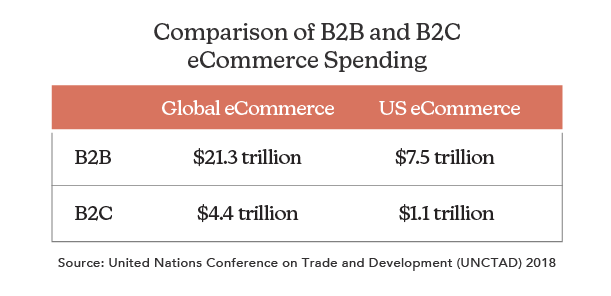

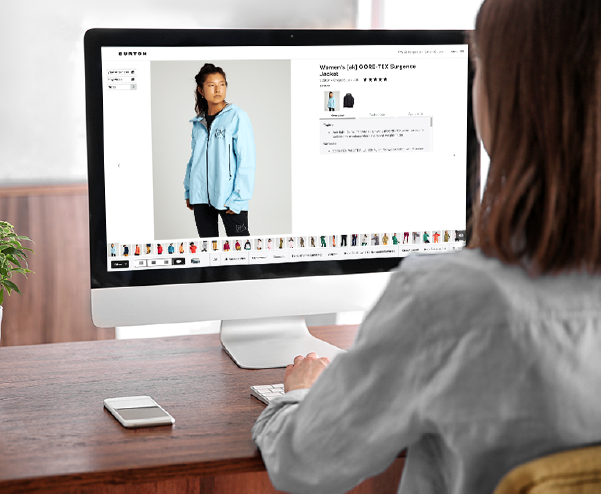
Differences Between B2B and B2C eCommerce
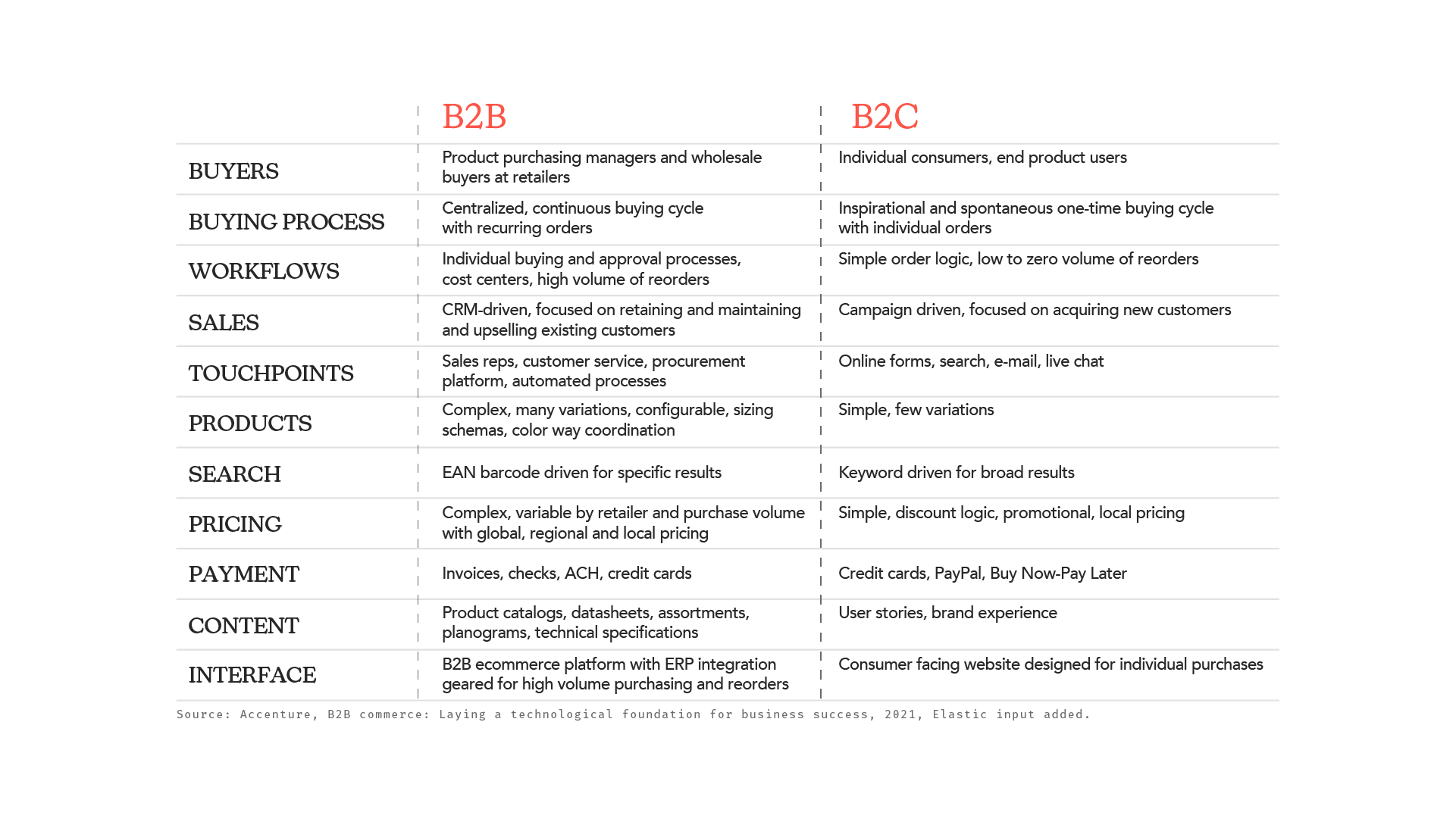
Utilizing True B2B Technology

“The brands that are wildly successful at enhancing their wholesale business are the one that are best collaborators. Using solutions like Elastic’s B2B ecommerce platform allows for seamless connections between manufacturers and their retail partners. Providing wholesale buyers with an end-to-end fully integrated purchasing experience, not only brings new process efficiencies but opens the door to creating opportunities for growth across the board.”
Josh Reddin, Emerald EVP, Elastic Suite
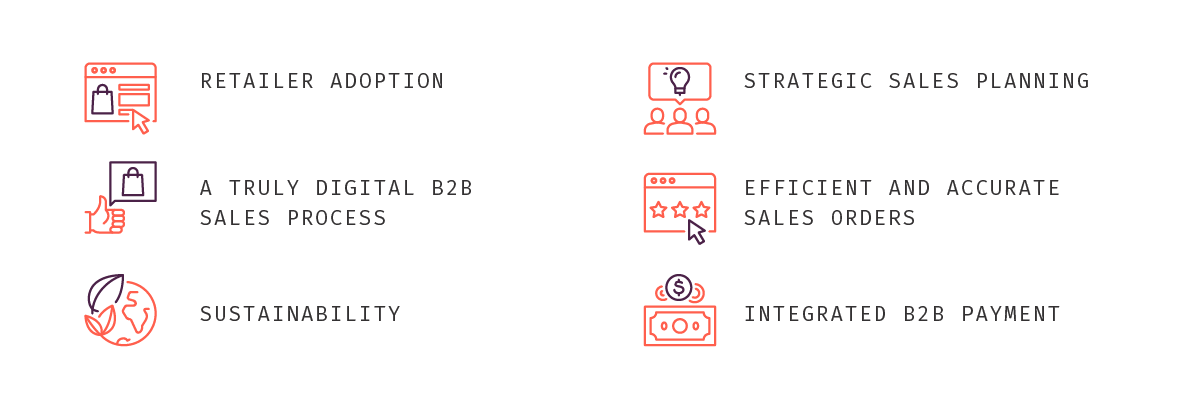
Over the past few years, large global manufacturing brands have led the transformation to digital B2B solutions and have brought this technology to a vast network of retail partners. Because retailers are already adopting the wholesale purchasing process, they are now fully vested in it and are reaping the benefits. Brands that move against this trend and use their B2C platform for B2B are likely to be met with resistance from retailers who prefer the approach of an integrated and more capable wholesale buying experience.

Retailer Adoption
A Truly Digital B2B Sales Process

Sustainability
Strategic Sales Planning

Efficient and Accurate Sales Orders
Integrated B2B Payment

Inspiring the Renaissance of Retail
This Renaissance of Retail is Happening in the Following Ways:
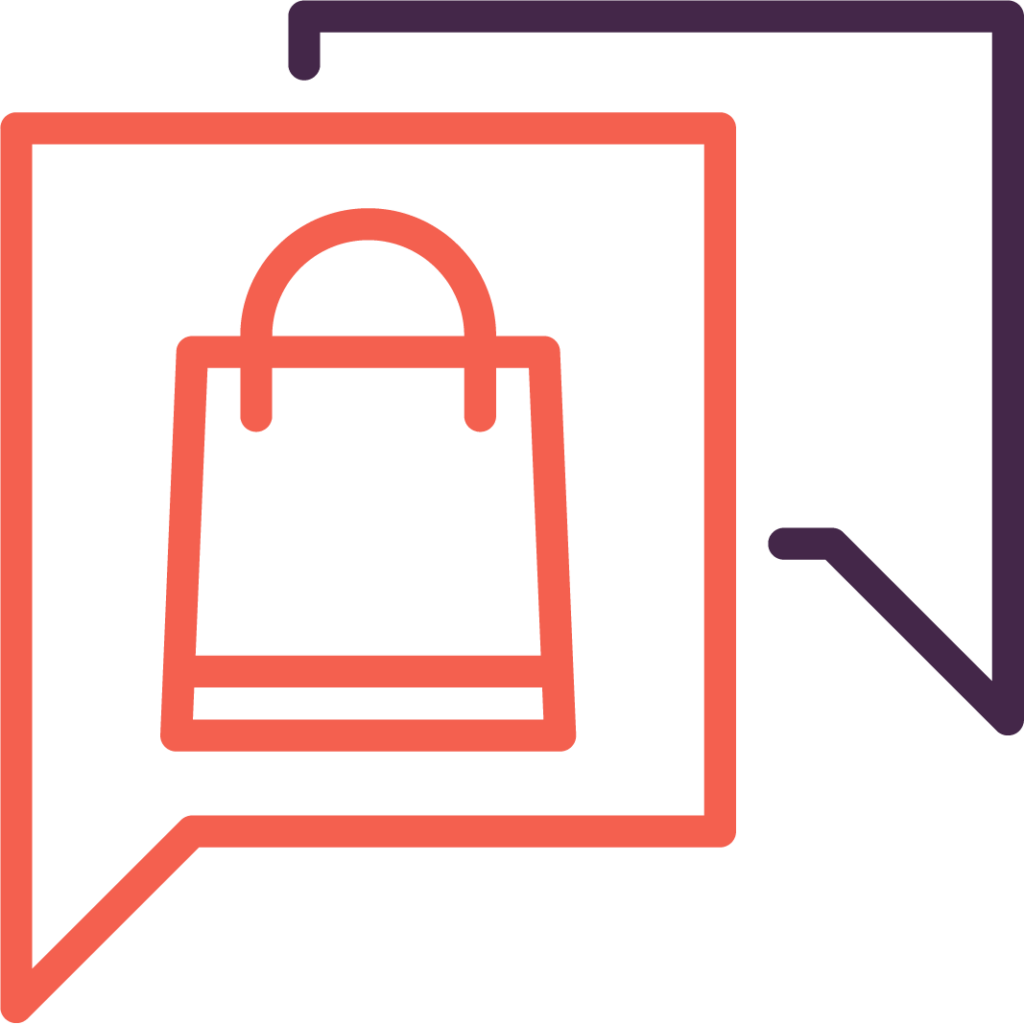
A more strategic approach to consumer trends

Strengthening sales at sell-in and sell-through
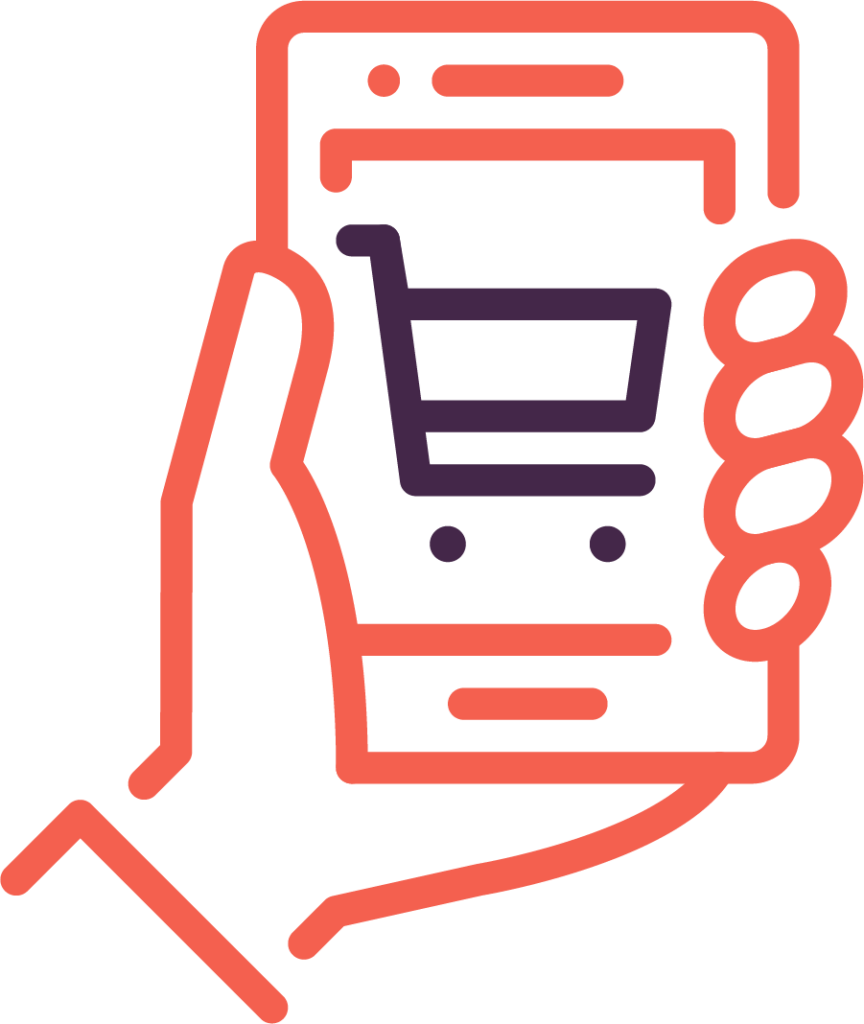
Creating more profitable consumer behaviors
A More Strategic Approach To Consumer Trends
“Merchandising is the root of how product comes to life at retail and is central to the long and short-term success of our partners. These stories are the testament to the brand and its value with retail partners. The better the representation, the better the outcome for both sides.”
Missy McDaniel, Senior Key Account Manager, Fjällräven
Creating More Profitable Consumer Behaviors
The next step beyond strategically using B2B sales and merchandising to build greater brand value is to create more profitable consumer behaviors. This is accomplished through closely analyzing enhanced wholesale commerce data. Brands can not only monitor consumer purchasing trends, but also identify opportunities to adjust product development and inventory management, with the goal of maximizing profits, based on real-time customer preferences. This can be done by product line, category adjustments, regional consumer preferences, sales seasonality and other strategic factors.
